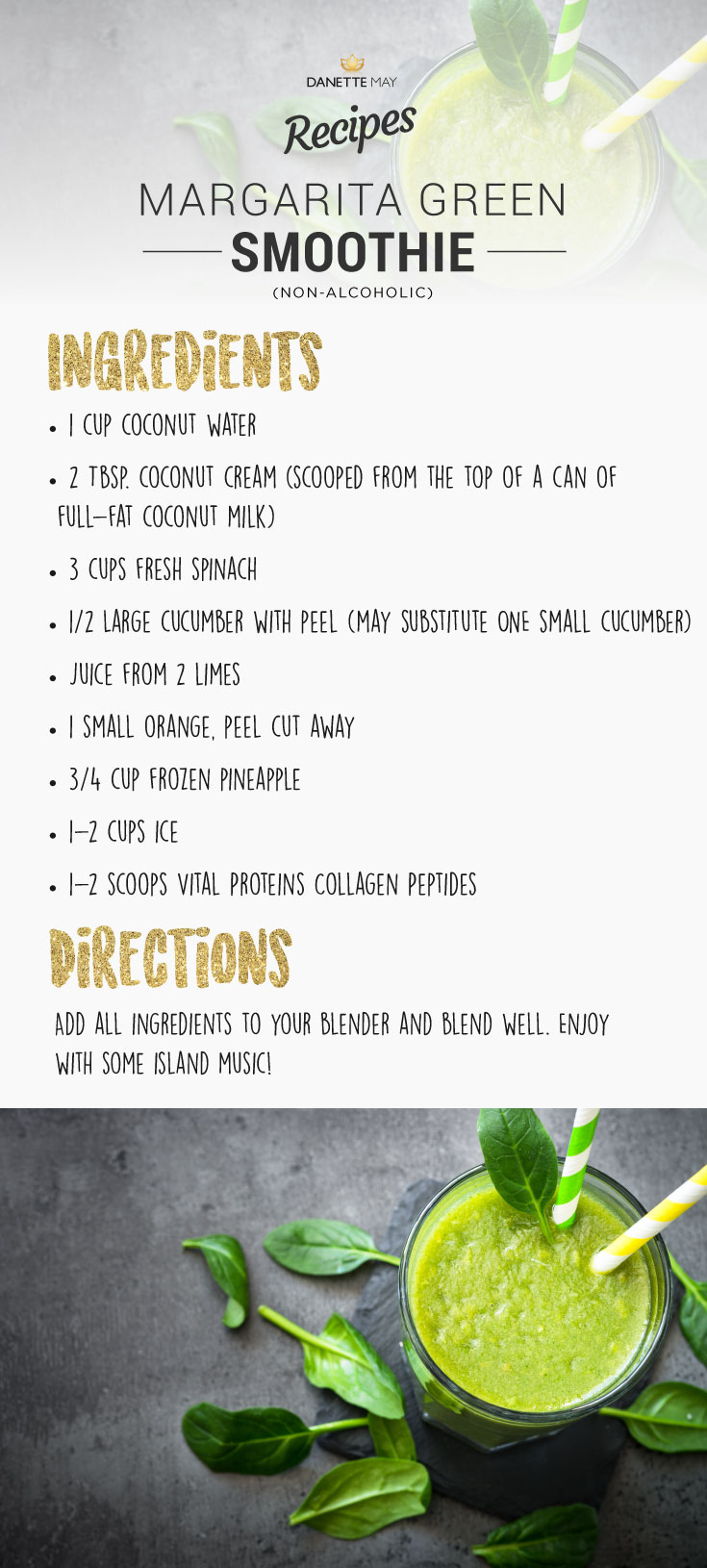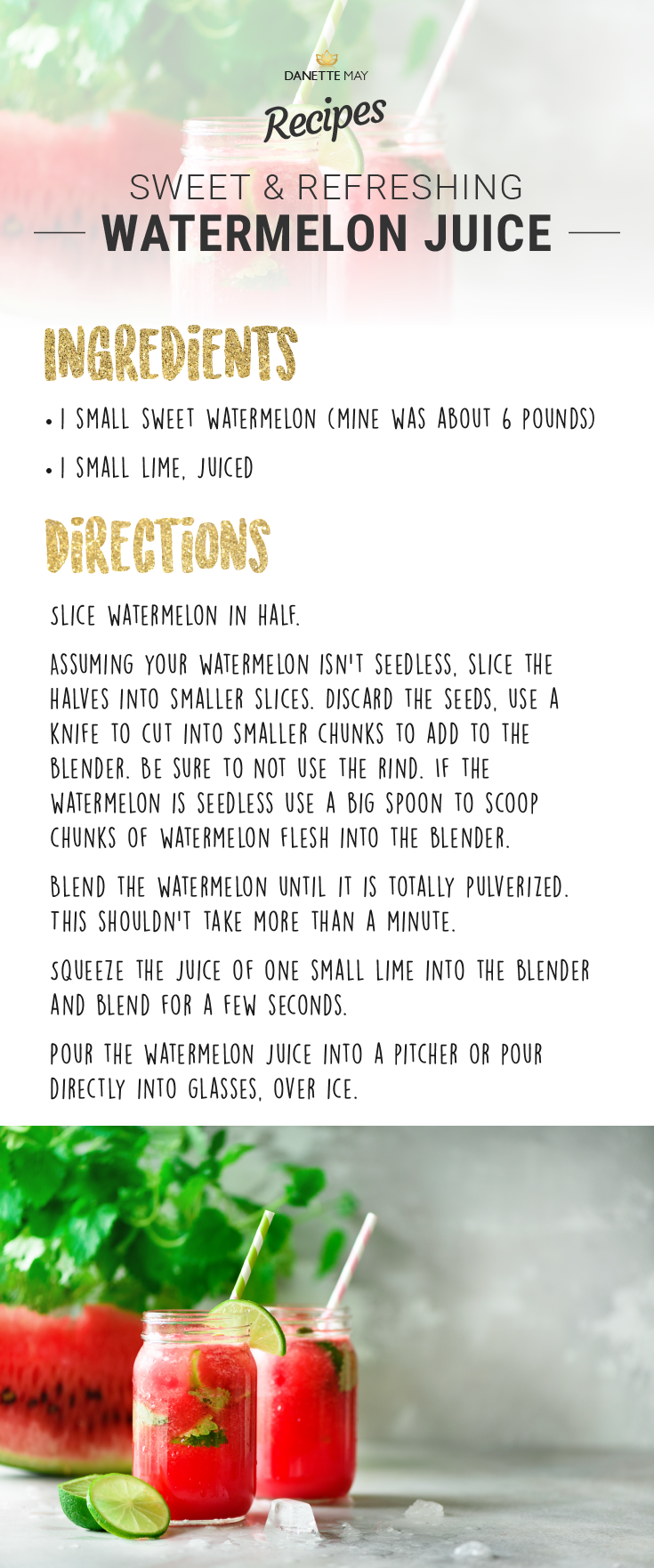Foods that are high in acid get a bad rap. We hear ads on TV warning about them hurting the enamel on our teeth. We’re told that they can cause kidney stones and weaken our bones and muscles.
The truth is that though too much acid in your diet can cause problems, it can also be good for you if managed well.
What Acidity in Food Really Is
If you remember your basic high school chemistry, then you’ll remember hearing about pH value. That’s what tells if something is acid, base or neutral.
There’s a 14-point scale from high acid to neutral, with the most acidic being zero and the most basic, or alkaline, being 14.
Our stomachs are high in acid, with a pH of 3.5.
Our blood is just about in the middle at 7.35 or 7.45. Our bodies are built to help us to neutralize food and eliminate acid.
But when we eat foods that form a lot of acid, we get heartburn.
What are these foods?
Meat, corn, wheat, refined sugars, and processed foods.
That list is probably not what you expected.
What you need to remember here is that it’s not about how much acid a food has – it’s about what it does once it’s inside your body.
Foods that produce acid are what causes heartburn and other damage. Foods that have an alkaline effect reduce the acid load.
There are a lot of foods that have a high alkaline affect and can offset heartburn.
These include:
Vegetables: Beets, Cucumber, Kale, Peppers, Spinach
Fruit: Bananas, Berries, Cantaloupe, Lemon, Orange, Watermelon
Spices: Cinnamon, Mustard, Curry, Ginger
Interestingly, some of the foods that we think of as being highest in acid also have the strongest alkalizing effect. Two of the best of these are lemon juice and apple cider vinegar.
TweetThere are a couple of theories for why these 2 high-acid foods help relieve heartburn.
One theory is that they both help break down fat and help people lose weight. This would definitely help stop heartburn.
People say that lemon and citrus help lower blood pressure, and that may be helping too.
What is most likely happening is that both lemon and vinegar are alkalizing the acid in the stomach, and that is taking away the symptoms.
If you suffer from heartburn and want to give either of these remedies a try, it is important that you know how to do it.
The acid in either one can definitely wear down the enamel on your teeth, so when you drink it, do so through a straw. And both need to be diluted.
Take the juice from half of a fresh lemon juice and 1 teaspoon apple cider vinegar (Bragg's is best) and mix it with 8 ounces of water.
Drink this mixture every morning, before meals, or whenever the symptoms arise.
This mixture can work wonders for the symptoms of heartburn, but the flavor takes some getting used to. You could add some cinnamon to help with taste or add your favorite herbal tea bag to the water.
NOTE: If you're currently doing my 3 day detox, the best substitute for cayenne pepper in the ACV drink is black pepper. If you're experiencing acid reflux simply leave the pepper out.
Yours in Health,
Danette
P.S. Please share this info. with your loved ones who suffer with heartburn or GERD. Don't forget to leave me a comment below.




 Yours in Health,
Yours in Health,









